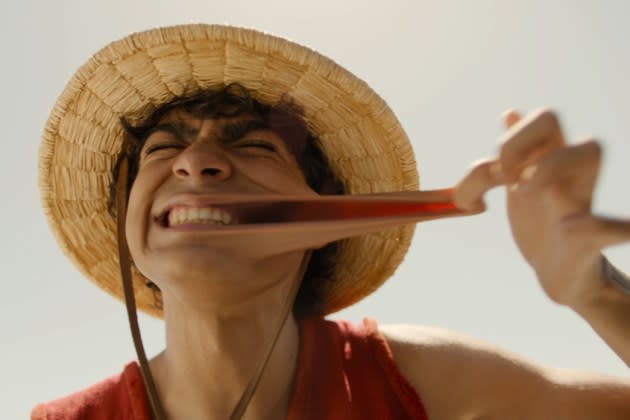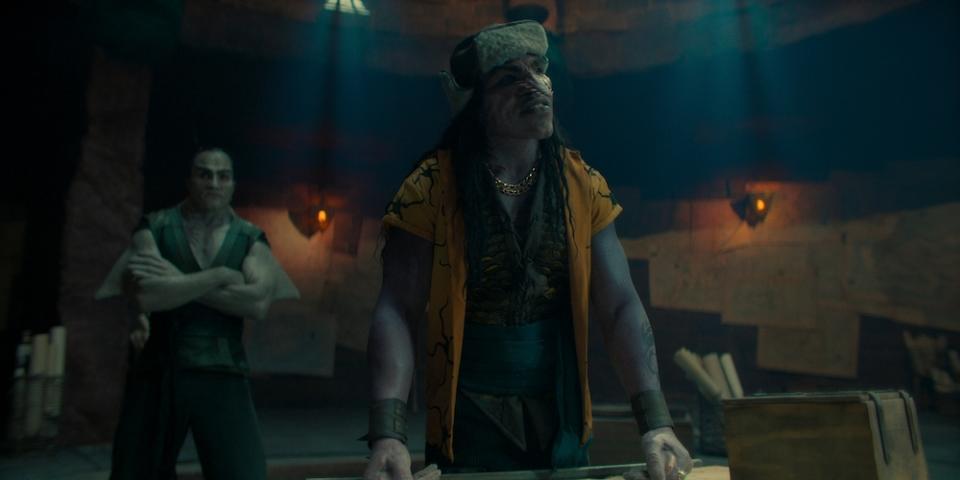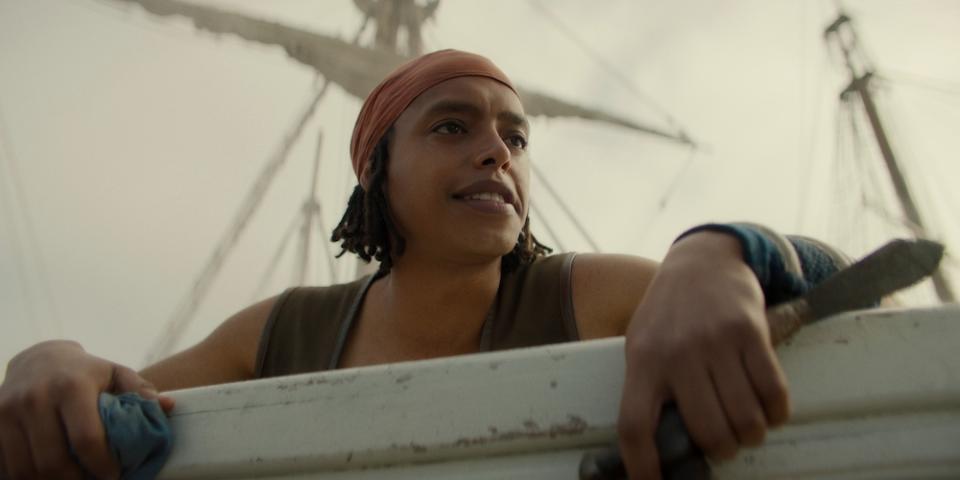‘One Piece’ Showrunner Breaks Down Biggest Changes Made From Manga That Will Be ‘Debated Endlessly’

SPOILER ALERT: This interview contains spoilers through the Season 1 finale of “One Piece,” now streaming on Netflix.
Netflix’s live-action adaptation of Eiichiro Oda’s bestselling manga “One Piece” launched Friday, giving fans their long-awaited chance to compare the eight-episode first season to its print and anime versions.
More from Variety
'One Piece' Showrunner Teases That Smoking Mid-Credits Scene Character and Season 2 Plans
Netflix's Live-Action 'One Piece' Is Loyal to a Fault: TV Review
The manga takes place in a fantastical world where pirates and marines battle for control over the Blue Sea. Young boy Monkey D. Luffy (Iñaki Godoy) grows up aspiring to be the next king of the pirates, despite his inability to swim — a side effect of the magical “Gum Gum” Devil Fruit he ate as a child, which gave him an extraordinarily stretchy body as a gift from the sea, along with the curse that he cannot survive in its waters. In Luffy’s journey through the East Blue section of the sea while looking for the famed “the one piece” treasure of Pirate King Gold Roger (Michael Dorman), the first saga of the “One Piece” manga, Luffy secures his ship, the Going Merry, and a ragtag team of sailors he calls his Straw Hat Pirates, named for his iconic straw hat.
Written by showrunners Matt Owens and Steven Maeda, Netflix’s “One Piece” closely follows the first 100 chapters of Oda’s ongoing story. However, there are a few changes made from the plot laid out in the “One Piece” manga, including shifting around the exact timing and circumstances under which Luffy meets two of his Straw Hat gang, Nami (Emily Rudd) and Zoro (Mackenyu). With “One Piece” having developed a rabid fanbase over its decades in print, the showrunners are bracing themselves for reactions to any changes made from manga to screen.
Given that, the deviation from the manga that Maeda thinks will be the most controversial has to do with the time devoted to “One Piece” villains Don Krieg (Milton Schorr) and Arlong (McKinley Belcher III) — a change that was “blessed” by Oda himself, per Maeda.

“One that I’m sure will be debated endlessly was not leaning into the character of Don Krieg, and bringing Arlong up as the Big Bad of the first season,” Maeda told Variety.
In the “One Piece” manga, infamous pirate Don Krieg has a much larger arc than the few minutes he’s featured in on show, serving as the primary antagonist for Luffy and the Straw Hats while they’re at mid-sea restaurant Baratie — just before they can reach the Grand Line, the rumored location of the one piece. In the show, Krieg’s portion is very brief, his death coming at the hand of master swordsman Mihawk (Steven Ward) during a large-scale battle that takes place before Krieg even interacts with Luffy. The narrative then shifts focus to another “One Piece” bad guy, Arlong, a fishman villain who has controlled Nami since she was a child and seeks to distroy humankind — a plot from later on in the original “One Piece.”
“We made these decisions, and Oda blessed it, to bring Arlong to Baratie, introduce him earlier than he is in the manga,” Maeda said. This choice makes Arlong “a threat” much sooner in the show, thus allowing the showrunners to “really ramp up towards the last two episodes so that Arlong is our Big Bad of the first season.”
Another large change was the mid-season reveal that — extra big spoiler alert — Vice Admiral Garp (Vincent Regan) is Luffy’s grandfather. (Viewers can read more about that change here.)
On the flip side, smaller changes were made by Owens and Maeda (again, with Oda’s signoff) to “important character details,” like altering physical characteristics of “One Piece” manga characters for their live-action versions, including Straw Hat members Usopp’s (Jacob Romero Gibson) nose and Sanji’s (Taz Skylar) eyebrow.

“It’s not long in the show — it’s a normal size nose,” Maeda said. “I felt that the nose was going to be unintentionally comical in a way that would distract from the character. Likewise with Sanji’s eyebrow — his curly eyebrow — and we had some very, very passionate debate on that. But ultimately, we decided to not use the curlicue eyebrow as a way just to ground the show and make it feel more real. And that was certainly what was done across the various departments.”
With examples of flops galore in the animation-to-live-action genre, Maeda cites reasons why previous manga or anime adaptations, like Netflix’s “Cowboy Bebop,” “perhaps have not done that well.”
“It’s an almost impossible task,” Maeda says, noting he thinks the “One Piece” live-action series “should be a bridge” between the people who know the IP and the people who don’t. “That’s the whole reason for doing this, is to come up with something that the diehard fans are going to love and appreciate and recognize as something of their own and go, ‘Wow, look what they did,’ and at the same time be telling a compelling story that is not inside so baseball that new fans are going, ‘What’s going on here? What is this crazy pink pirate ship?'”

That mindset extended to choices made by Owens, Maeda and Oda about the high-seas sets and attire, as well, which could have taken on a more cartoonish look if too much emphasis was put on copying the manga.
“Our ships are very, very worn — and wardrobe as well, very worn, very weathered, a lot of breakdown,” Maeda said. “I definitely, and the studio and network, as well, did not want things to be super shiny and cosplay looking. I wanted it to feel real, and lived in.”
Last but not least was the choice to use a different narrator for the live-action series than the actors who do the voice work for the “One Piece” anime, Mahito Ohba and Bill Jenkins, who narrate the original and the English dub, respectively. They instead cast the iconic Ian McShane — because, in Maeda’s words, “that voice, come on.”
“We weren’t sure that we could get him,” Maeda said, “but it worked out!”
The interview with Steven Maeda was arranged through his publicist, in accordance with WGA strike rules.
Best of Variety
Oscars Predictions: Best Actress - Festivals Declare Emma Stone and Jodie Comer Awards Contenders
The Best Early Labor Day Sales to Shop Right Now: Le Creuset, Nespresso, North Face and More
Sign up for Variety’s Newsletter. For the latest news, follow us on Facebook, Twitter, and Instagram.


